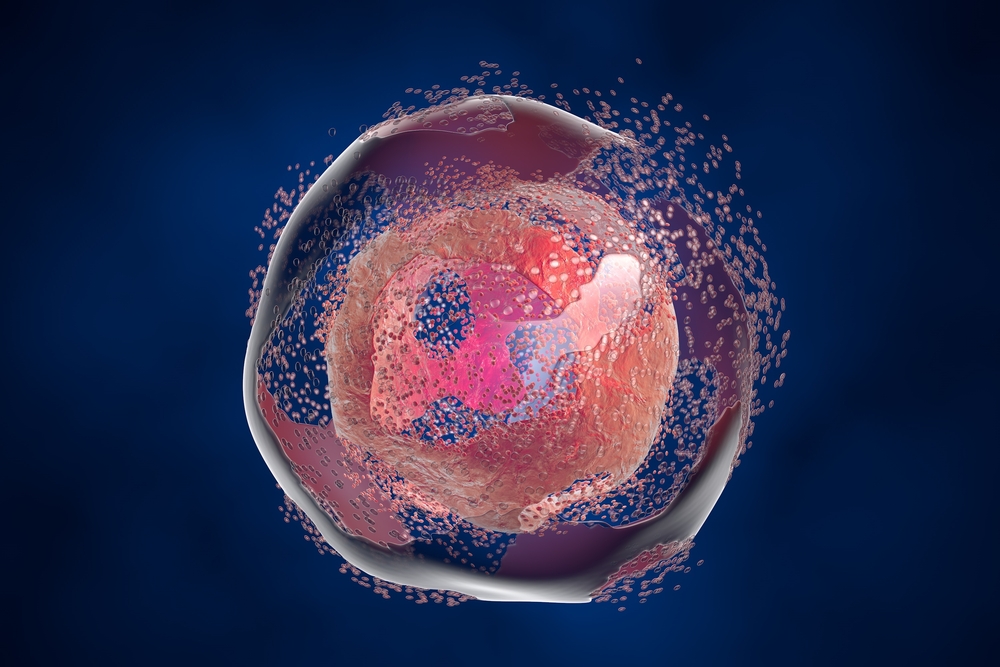Harvard Researchers Explore Cellular Self-destruction as Scleroderma Treatment
Written by |

Organ fibrosis in scleroderma patients might be reversed with treatments that allow fibrotic cells to self-destruct, Harvard scientists suggest.
Their study, “Targeted apoptosis of myofibroblasts with the BH3 mimetic ABT-263 reverses established fibrosis,” appeared in the journal Science Translational Medicine. It demonstrated that the survival–self-destruction balance of fibrosis-producing myofibroblast cells can be tipped by using a compound now being explored as a cancer treatment.
Researchers believe that tissue fibrosis results when wound repair processes fail to resolve. The study insights were made possible by research into the mechanisms that prevent wound healing from resolving — ultimately causing scar-like tissue.
“Although the mechanisms driving myofibroblast activation have received much attention, less is known about the resolution of the repair program,” wrote scientists at Massachusetts General Hospital, which is affiliated with Harvard Medical School.
This resolution, they argued, likely involves either myofibroblast self-destruction — a process researchers call apoptosis — or their reversal to normal fibroblast cells. Apoptosis is a controlled way for the body to get rid of unnecessary cells.
Earlier studies have shown that the stiffness that characterizes fibrotic tissue ultimately lets cells continue thriving in their fibrotic activation state.
When exploring the molecular factors that guard self-destruction pathways, the research team discovered that some of these were controlled by the mechanical signaling induced by tissue stiffness.
One group of factors, called BH3, acted to boost self-destruction. The team referred to this process as cells being “primed” for death. But in myofibroblasts, another molecule called BCL-XL mopped up BH3, ensuring that the cells kept on living.
The research team showed that blocking BCL-XL with a cancer drug called navitoclax (ABT-263), triggered the death of myofibroblasts and reversed fibrosis in a mouse model of scleroderma. It also discovered that the more “primed” the cells were, the more effective navitoclax was in triggering cell death.
“This study suggests that targeting antiapoptotic proteins to induce myofibroblast apoptosis could be an effective strategy to treat fibrosis,” researchers wrote.
The data suggests that not only may navitoclax be explored as a scleroderma treatment, but that response to the treatment might be predicted using a simple assay of the cells’ proneness to self-destruction.
Researchers also said drugs that mimic the actions of BH3 factors may be used to tip the balance towards self-destruction.
“Our results presented here suggest that BH3 profiling of dermal fibroblasts in skin biopsies may help stratify scleroderma patients and facilitate their individualized treatment,” researchers wrote. “BH3 profiling may be able to predict which scleroderma patients would respond well to BH3 mimetics.”





